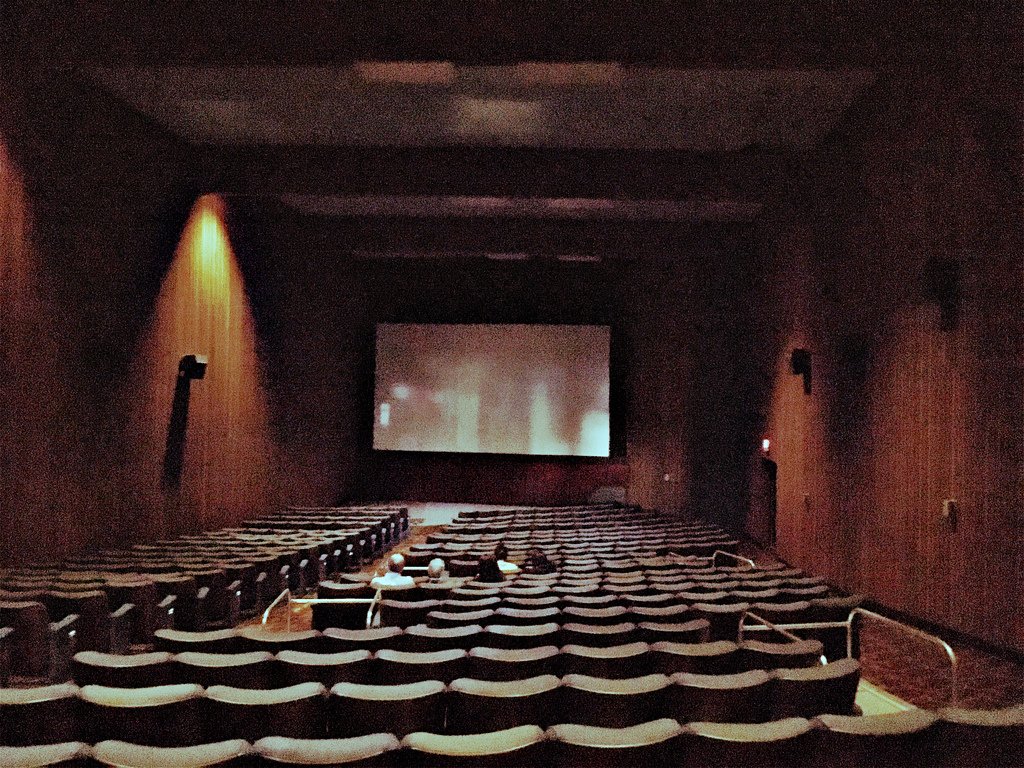Tag: memory
-

Italians can remember fewer numbers.
Italians can remember fewer numbers. When you try to remember something like a phone number you have to keep repeating it to yourself or it disappears. This is because the part of your working memory which remembers sounds can only hold those sounds for a few seconds. Psychologists call that part of your brain the…
-

The sensory store holds a huge amount of information for a very short time.
The sensory store holds a huge amount of information for a very short time. In 1960 George Sperling conducted an experiment in which he would flash a grid of 12 letters (three rows of four) to his participants, for less than a second. They would then have to try to recall which letters had been…
-

A single neuron can encode an association between two concepts.
A single neuron can encode an association between two concepts. In these days of modern scanning equipment, individual neurons can be seen firing in the brains of those being monitored. This has had a remarkable effect on the study of the brain. Matias Ison, Rodrigo Quian Quiroga and Itzhak Fried, in 2015, studied 600 individual…
-

Your memory of an event is unique.
Your memory of an event is unique. If you experience something, whether it be as benign as watching a movie in the cinema, or as traumatic as being in a bank when it is raided by masked gunmen, your memory of that event will be unique. Your memory of watching a movie will be vastly…
-

Memory is not simply the ability to recall something.
Memory is not simply the ability to recall something. If somebody asked you to describe what memory is, you would probably give some sort of explanation along the lines that it is the ability to recall events. However, memory is so much more than that. Recall of events is certainly one part of memory, known…
-

Every memory is a shabby reconstruction.
Every memory is a shabby reconstruction. Think back to an event in your past. A birthday, a night out, a chance meeting. Bring back that memory. It may seem to you that the memory comes to you whole, but it doesn’t. It is merely a flawed reconstruction. Every time we dredge up a memory we…
-

Are Christiano Ronaldo and Brett Cavanaugh both Sex Criminals?
Are Brett Cavanaugh and Christiano Ronaldo both guilty of sexual assault? As I write this there are two high profile charges of sexual assault in the news. But can we believe them? In questioning their guilt, some may say I am disrespecting their accusers, who have apparently been through a horrific ordeal. And some may…